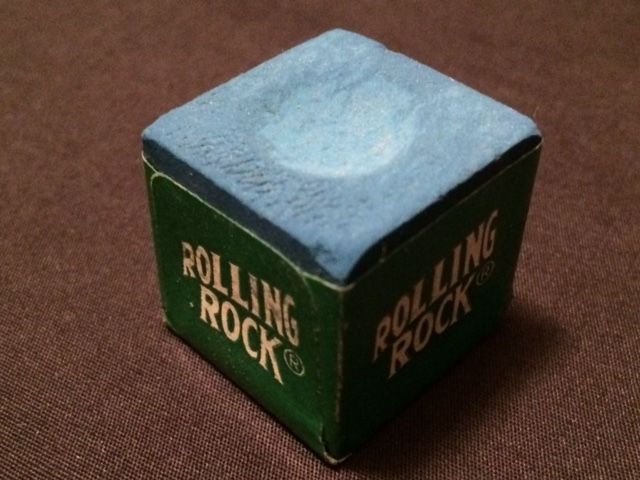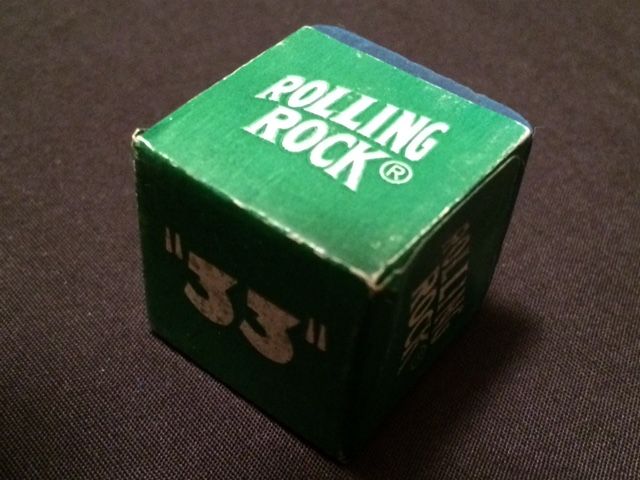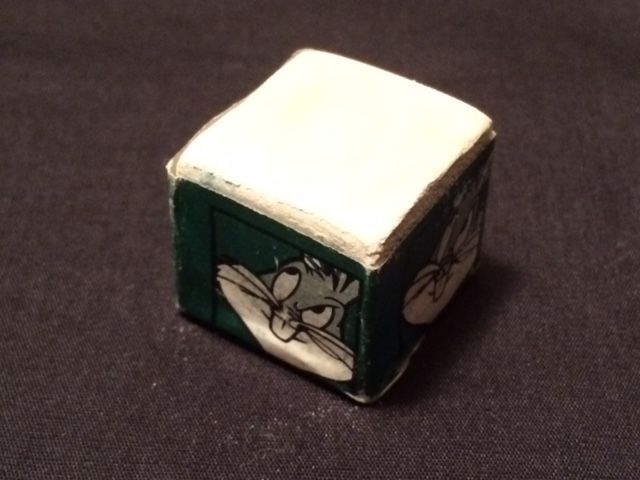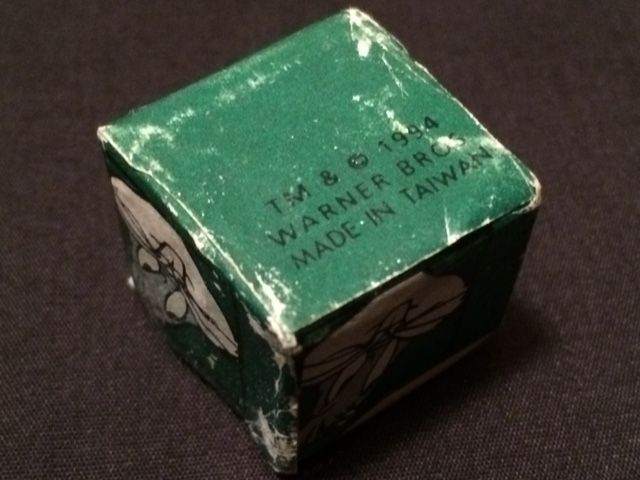Rolling Rock








Andy, a member, asked a question about chalk origins. Here is some interesting info.
Early colored chalk was colored with a dye called Myosotis (The brand AMPN Myosotis was marketed in many different forms, even after the formula changed to silica.) Myosotis is another name for the Forget-Me-Not flower, and this chalk came from Italy. On some of the boxes there is a patent number but it does not say which country the patent number is from. Probably Spain, where the chalk box was found.
Brunswick's colored chalk, at least four varieties patented in 1885, was green, not Myosotis blue. Early in American billiards, late 1800s, colored chalk in America was rare and came from France according to American magazines such as Billiards Magazine, but the "French" chalk was probably relabeled from Italian AMPN Myosotis. Finally, there is Czechoslovakian chalk, which was probably calcium carbonate.....but all the types I've seen labeled "made in Czechoslovakia" were not clean white, but a dirty looking white with kind of a greyish tint to it. Popular, British Bulldog, Masterpiece, all these had a dirty tint to them that did not look like a dye job but rather a lack of dye in an ugly material. White chalk clung like silica to its market share alongside silica chalk until the 1910-1915 era, then thankfully disappeared. Hope someone finds this useful.
Bringing this awesome thread back to the top!
Does anyone know Hunger Strike's contact info?
I'd be interested in seeing what he might have for sale by way of vintage chalks, billiard balls, etc. Or anyone else for that matter!
The Master wrapper seems like it has a shiny surface. High clay content? If there is a paper supply store near you, take in a piece of Master and ask them. Once you have the paper and the design, a place like Office Depot can do high quality color prints onto your paper.Bumping this to the top as it's interesting but I also am looking for some help. I tried searching and looking at some US patents for what kind of paper they use nowadays on the other edges of chalk.... Masters for example. Is it basically computer paper with 3m adhesive applied to it then pressed to the chalk?
I have a Christmas gift idea for some buddies I shoot with to apply some printed designs/logos on some chalk. However, I'd rather print the logos on paper that feels how Masters chalk does.
Any help is appreciated.